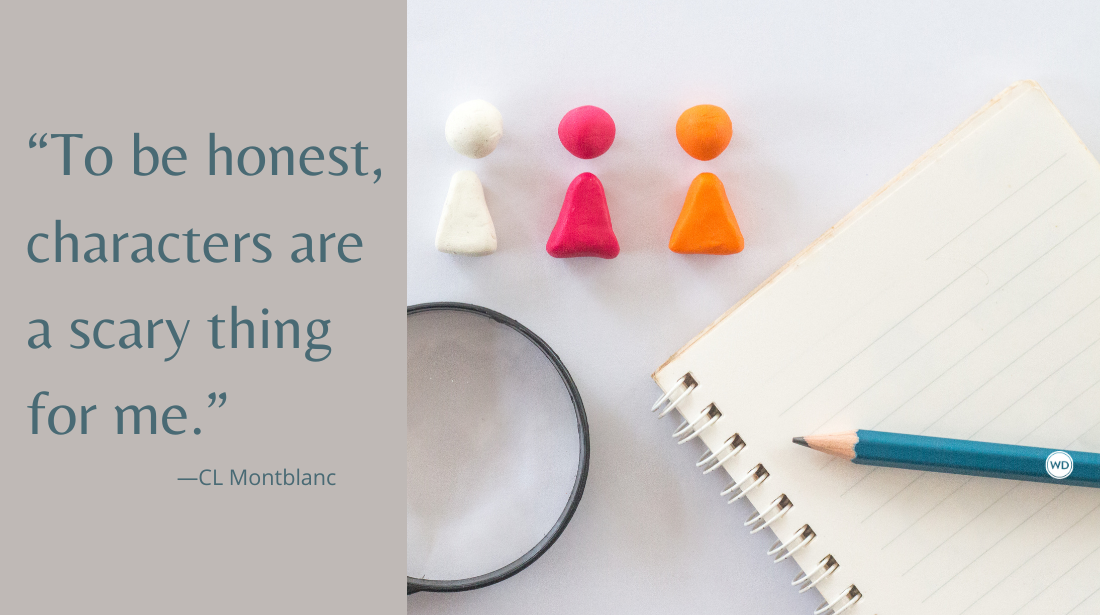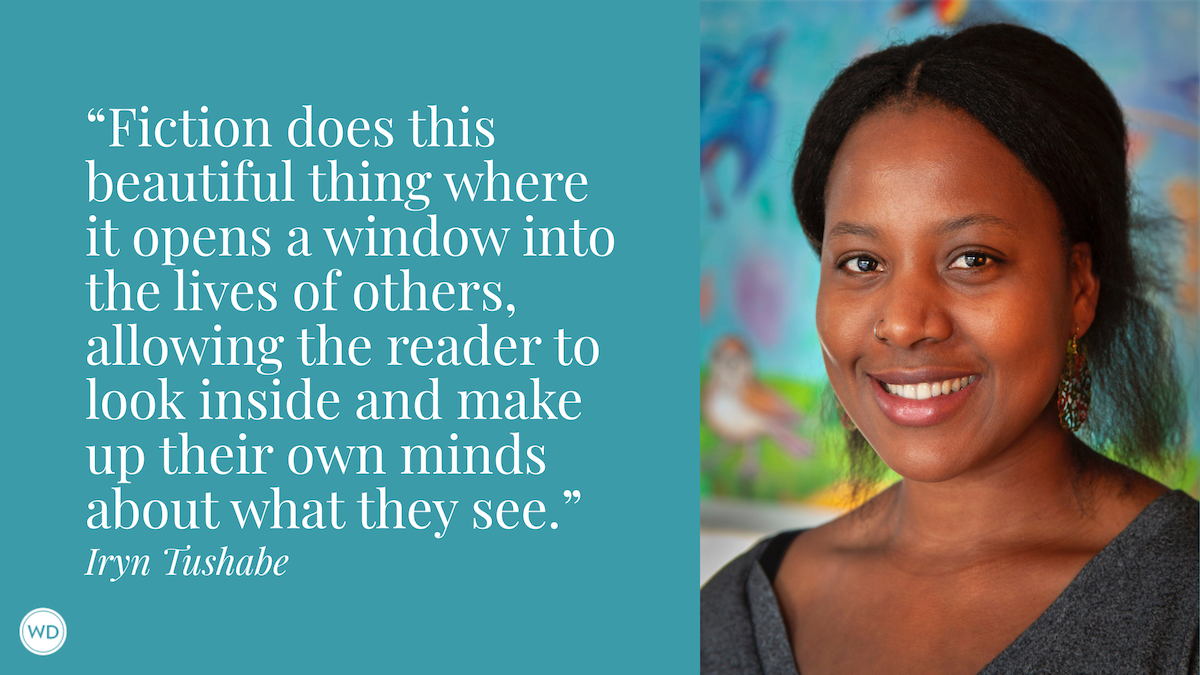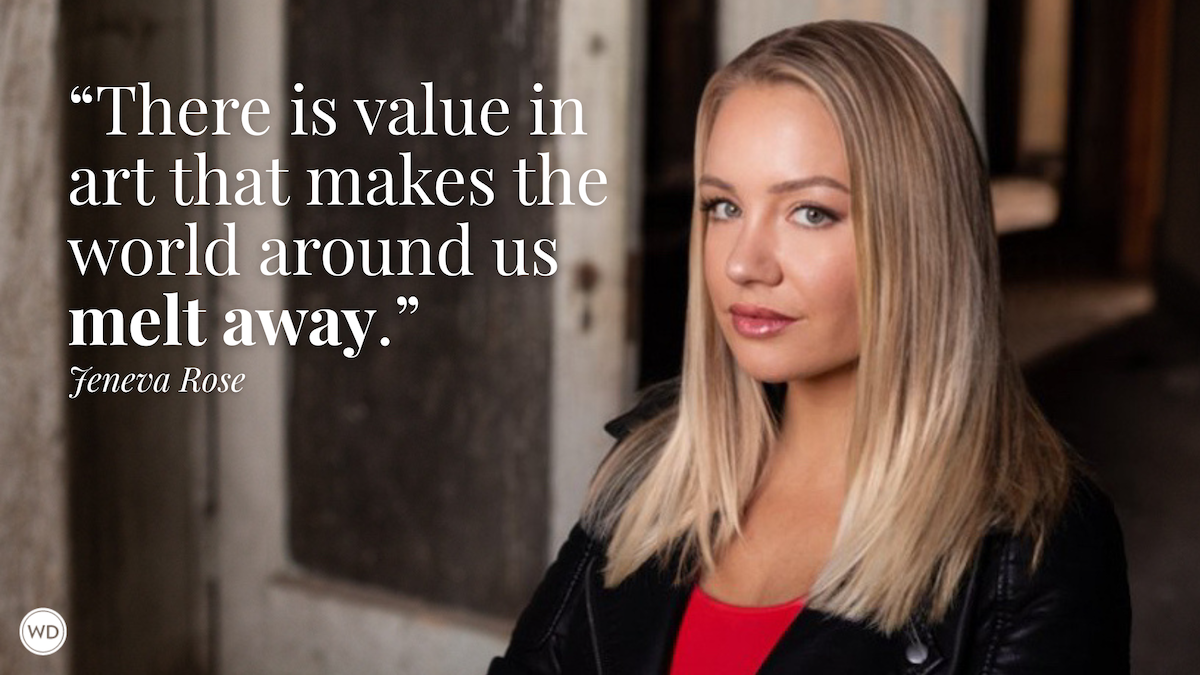A Word About Writing Princesses and Fairy Tales
Author Olga Grushin explains how her views on fairy tales have changed over the years, and what it takes to write a princess from a modern lens.
I knew I wanted to be a writer when I was four. And since I grew up reading traditional fairy tales, my initial efforts abounded with wells, apples, and amorous frogs, firmly rooted as they were in the thrills of magic quests and the vicissitudes of royal courtship. My earliest preserved creation, in fact, dating not long after my vocational pronouncement and penciled, in wobbly, partially backward letters, along the horizontal edge of a sheet of paper I had liberated from my father’s manual typewriter, began with a dramatic ringing of the doorbell: “'Ring-ring!' The princess answered the door. Several princes stood on the porch, all in a row handsome.”
I wrote continuously all through my childhood. In time, an annual family tradition formed: between the ages of seven and twelve, I would compose a long tale, my father would type it (“Original orthography and punctuation preserved,” our title page honestly warned), I would supply illustrations—a primal twelve-marker palette, glossy paper cut into squares, then pasted in the text—and the result would be presented as a birthday gift to my mother. Four or five of these homemade books have survived my eventual move across the ocean; I keep them in a shoebox in my closet. The first of the lot, called “The Tale of a Lazy Princess and a Brave Prince,” has all the familiar ingredients of a fairy-tale pastiche—a palatial ball, an enchanted garden, a well-meaning but bumbling hero, a mercurial witch helping an evil knight with a treacherous undertaking, a slain dragon, a wedding. My obsession with princesses lasted for a few years, as the first tale was followed by versions of Cinderella and Puss-in-Boots. The last title in the series, however, “published” when I was twelve, marked a decisive switch to realism: a documentary account drawn from my diary and accompanied with black-and-white photographs taken by my older brother, it chronicled the saga of our dachshund’s puppies and their eventual—and, to me, nothing short of heartbreaking—departure for other homes. After that, royalty no longer featured among my subjects.
Fairy tales might have exerted a particular fascination upon me, I realize now, because I grew up in Soviet Russia, and palaces and magic wands were as secretly thrilling as any disobedience would seem to a child regularly subjected to Young Pioneer parades. Yet as I leaf through my early efforts today, I see that even in those misty beginnings, I already strained against the confines of certain storytelling conventions. Dimly, I must have felt that the accepted narrative of the passive princess being eternally rescued by her noble prince was, quite simply, boring. The eponymous princess of my first title resented having to make her bed or cook dinner for her father the king—there were obvious autobiographical elements there—but her skills served her well when she happened to be kidnapped by a dragon with a liking for a well-kept house and gourmet meals. True, some prince did come by in due course and obligingly chopped off the dragon’s heads (my picture of the gruesome beheading was done with much relish; little children are like that), but it was the heroine’s resourcefulness and hard work that had kept her alive until the hero’s none-too-hurried arrival. And, in another break with traditions, the princess and the prince had actually met before: While still at the palace, she had chosen this particular fellow from a number of available suitors.
And yet the princess was still rescued, and they were still married, and when, years later, I read the tale to my own seven-year-old daughter—the exact age I had been when I had penned the story—she did not like it, as she had disliked the Charles Perrault tales or the popular Disney movies. For, in truth, she found all princesses equally devoid of interest. “She could have made friends with the dragon instead,” my daughter said. “Because the dragon was something different. And who needs princes anyway?” And, after a beat—I was going through a divorce at the time and was especially careful with my word choices—I wholeheartedly agreed.
IndieBound | Bookshop | Amazon
[WD uses affiliate links.]
This is not to say that fairy tales should be relegated to oblivion or that we should stop telling them to our children. On the contrary, at their heart, they are indispensable narratives that speak to basic human truths, that draw on archetypes. But as Neil Gaiman once observed, the magic of fairy tales occurs in the retelling, and I believe this to be the essential point. For these old stories are like many-faceted diamonds, appearing in different guises depending on what side is turned to the light, and it is precisely this shifting play of light that makes us ever drawn to them. The stories change—the stories should change—just as the truths and the archetypes themselves change with the times; and, no less vitally, they must change with the point of view of the storyteller and the composition of the audience.
In the remote days of oral transmission, for example, fairy tales were not meant for children at all: They were warnings no less than entertainments, dark survival tales brimful with hunger, cruelty, and revenge told by wise women over winter weaving. The early Cinderella’s final triumph was not the wedding to the distinctly oblivious prince but the blinding of her two sisters; the early Sleeping Beauty, raped in passing by a married king and awoken nine months later by her suckling child, showed up at the king’s castle to wreak havoc on his marriage. In later times, however, the stories mellowed, morphed into parables of virtue and fairness, and, retold by aristocrats and popularized by professional scribblers, began to express courtly ideals of romance and middle-class hopes of upward mobility. Later still, in Victorian times, these gentler versions were finally allowed into nurseries, and their continued sweetening, the gradual draining of their shadows, left us, in the end, with the vapid bevy of pastel-colored Hollywood princesses.
Yet at the same time, other takes on the familiar stories—funny, surprising, powerful versions with witty, active heroines, ugly princes, and friendly dragons—do exist, whether hiding in plain sight in academic anthologies, sandwiched between stale favorites in the pages of old books (look up, for instance, the decidedly un-fairy-like conclusion to “Riquet the Taft” from the original Charles Perrault collection), or emerging as fresh, subversive retellings by the likes of Angela Carter, Emma Donoghue, and Helen Oyeyemi. (My own novel, The Charmed Wife, belongs to this genre.) I believe that the time has come to turn the fairy-tale diamond, yet again, to another facet. For the old point of view has, once more, grown too restrictive, and the twenty-first-century audience, in our world of newly empowered women, growing inclusivity, and shifting viewpoints, deserves something other than the tired tropes of endless rescues and couplings fading into some nebulous happily-ever-after. Helpless princesses should by all rights be over, but there are plenty of treasures out there, new and old, to discover and to recall. And stories we tell our children matter.
Olga Grushin was born in Moscow, spent her childhood in Prague, and moved to the United States at eighteen, becoming the first Russian citizen to receive an American college degree. She is the author of three previous novels. Her debut, The Dream Life of Sukhanov, won the New York Public Library Young Lions Fiction Award, earned her a place on Granta’s once-a-decade Best Young American Novelists list, and was one of the New York Times’ Notable Books of the Year. Both it and The Line were among The Washington Post’s Ten Best Books of the Year, and Forty Rooms was named a Kirkus Reviews Best Fiction of the Year. Grushin has published short stories and nonfiction in the New York Times, The Wall Street Journal, Vogue, Partisan Review, and elsewhere. She writes in English, and her work has been translated into sixteen languages. She lives outside Washington, D.C., with her two children.








